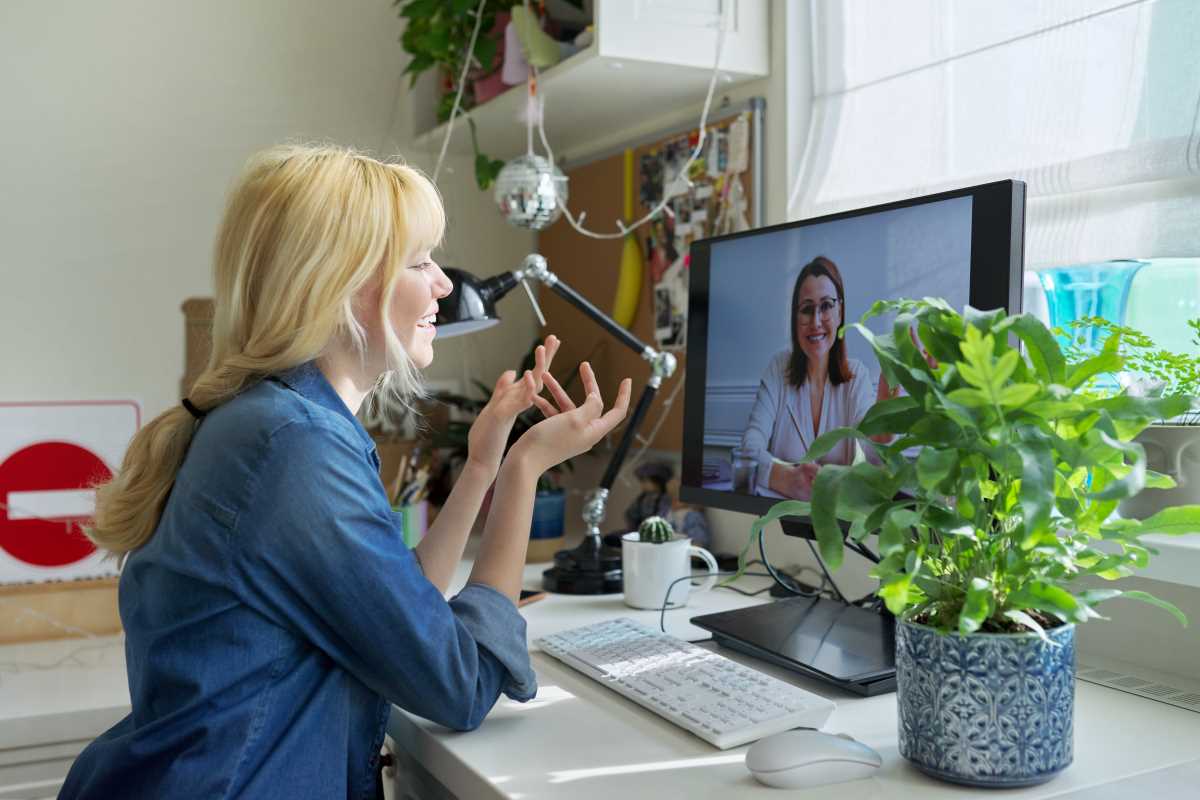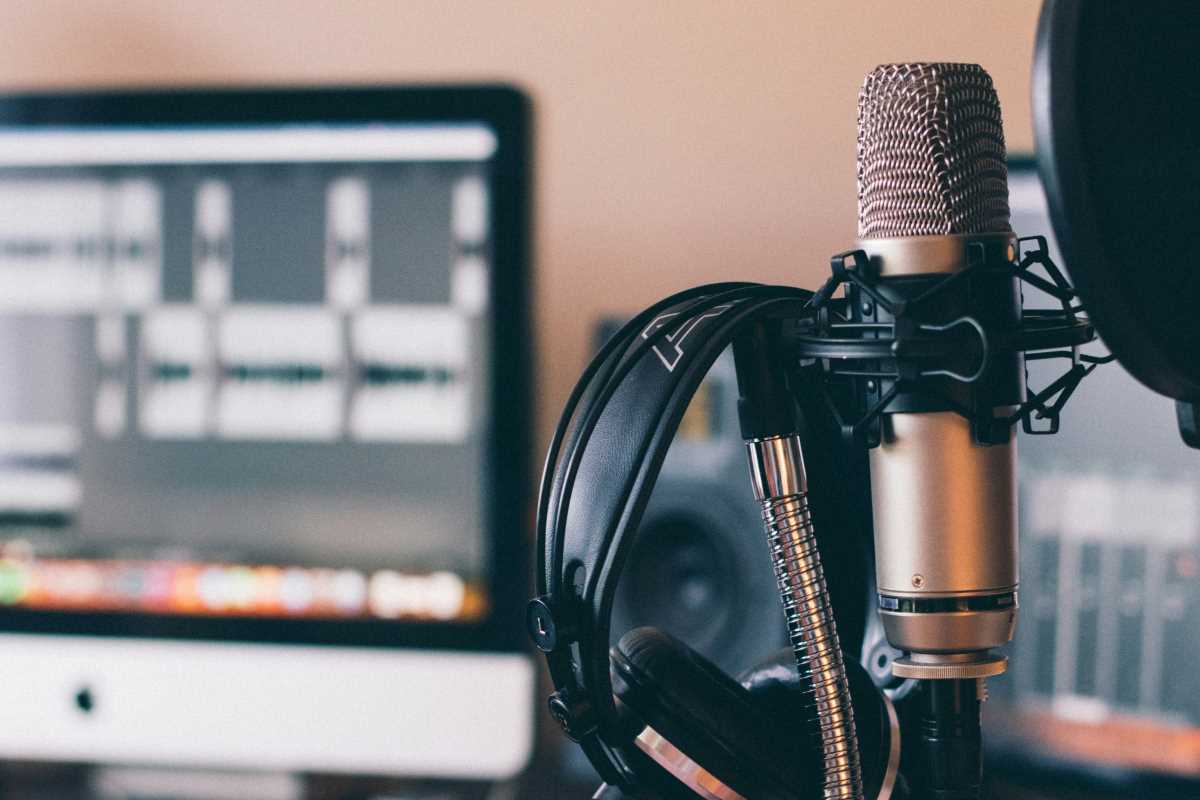Balancing multiple side projects often feels like managing a lively parade of paintbrushes, cameras, and notebooks. Shifting between creative pursuits may leave you concerned about losing energy or diluting your inspiration. Yet, by creating a consistent routine, you can keep your creative flow strong and vibrant. This article shares practical tips to help you sustain your enthusiasm, maintain a steady pace, and nurture your creative ideas, even when your attention is divided across several projects. Rather than letting your ambitions fade, you will find ways to keep your imagination active and your progress moving forward.
Finding balance doesn’t require grand plans or high-end equipment. With a few adjustments to how you plan and track tasks, you can maintain fresh ideas and still meet deadlines. Let’s dive into hands-on techniques that anyone can apply, whether you’re sketching portraits one hour and shooting video the next.
Prioritize and Plan Your Side Gigs
Start each week by listing every project on your plate. Assign a clear goal or deliverable for each, so you know exactly what needs to happen. When you see all your tasks laid out, you can spot overlaps and deadlines at a glance.
Next, rank your tasks by impact and urgency. Circle the top two or three tasks you want to tackle first. When you complete the highest-priority items, you’ll feel a sense of accomplishment that fuels creative energy for smaller projects.
Implement Time Blocking Techniques
Time blocking divides your day into dedicated chunks for each project, removing the temptation to switch topics mid-session. Choose 45- to 90-minute blocks for concentrated work, then take a break before moving on. You’ll notice fewer mental hang-ups and a smoother creative flow.
Use a calendar app or a paper planner to block out sessions. Here’s a simple example:
- 9:00–10:30: Edit video.
- 10:30–11:00: Sketch concept art.
- 11:00–12:00: Respond to client emails.
After each session, mark it as done. These quick wins build confidence and motivate you to start the next block.
Maintain Creative Flow Across Projects
Switching between tasks can interrupt your mind’s momentum, but you can ease transitions with simple rituals. Close your notebook or shut off your editing software and spend a minute jotting down where you left off. When you return, recall those notes to jump back in fast.
Another tactic involves thematic days or half-days. Dedicate mornings to purely creative work—painting, writing, or brainstorming—and afternoons to administrative or technical tasks. Grouping similar energies together helps you stay in the right headspace longer.
Use Tools and Apps for Efficient Workflow
Choosing the right platform makes a big difference when you balance many tasks. Try Notion or Trello to track ideas and deadlines in one place. Create boards or pages for each project and label tasks by status: “To Do,” “In Progress,” or “Done.”
If you prefer automated reminders, connect Google Calendar with task apps like Asana or Evernote. Set alerts before each time block so nothing slips through the cracks.
This basic toolkit helps you visualize your workload, share progress with collaborators, and archive completed tasks for future reference. Centralizing your tools prevents bouncing between too many apps.
Manage Energy Levels and Avoid Burnout
Pay attention to your natural energy highs and lows during the day. Schedule demanding tasks when you feel most alert and routine work during quieter periods. For most people, late morning offers peak focus, so reserve your toughest challenges for then.
Juggling multiple creative side projects tests both your schedule and your imagination, but careful planning and effective routines help keep your projects moving forward. As you incorporate these tips, you’ll free up mental space to dream bigger and refine each idea to perfection.
Try these approaches and adjust as needed to increase your creative output and grow your side ventures.






